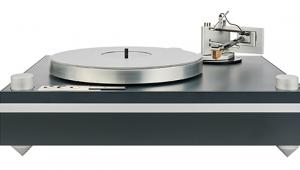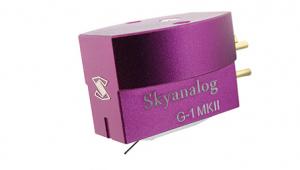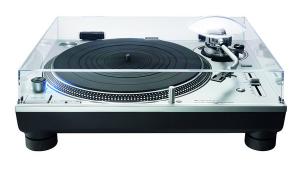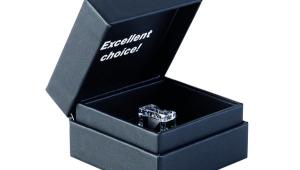AVID Reference Ruby Cartridge
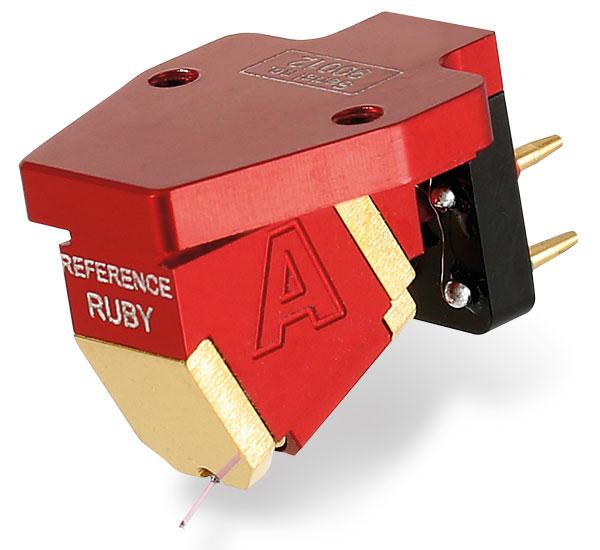
 Synonymous with top-end turntables for two decades, AVID has extended its 'Very Interesting Design' portfolio to include MC pick-ups. Here's its open-bodied flagship
Synonymous with top-end turntables for two decades, AVID has extended its 'Very Interesting Design' portfolio to include MC pick-ups. Here's its open-bodied flagship
Irrespective of having installed what must be thousands of cartridges in my life, AVID's Reference Ruby moving-coil brought me out in a cold sweat. The top model in a trio that also includes the £4000 Boron and the £2000 Ionic, its £6000 sticker price, allied to a completely exposed cantilever, reminded me of the first cartridge I ever destroyed. The irony was not lost on me: that honour goes to the Dynavector 23R, the first-ever cartridge with a ruby cantilever. But unlike AVID's ruby rod, it was also one of the shortest at just 2.3mm.
The Long Game
Here we are, four decades later, and AVID's founder and chief architect, Conrad Mas, has used the same cantilever material, but he went the other way regarding its length. Dynavector has cited 'reduced vibration' in its quest to produce ever shorter gem cantilevers, its Karat Diamond MC pick-up featuring a mere 1.7mm rod coupled with a micro-ridge stylus [HFN Jul '12]. In practice, editor PM tells me, the response of the 23R and 17D was no more extended than that of the Reference Ruby, if arguably a little flatter. The AVID flagship is certainly the better tracker too. So, as with everything in audio, it's a case of balancing the trade-offs.
Conrad acknowledges the juggling act, 'As opposed to a short cantilever ours is quite long, but we have reduced the number of coils to manage mass and inertia, improving the response and tracking'. Smaller coils mean a lower output, of course, but AVID has countered this by beefing up the magnet used, achieving a claimed (medium/low) 0.32mV.
All of this points to a situation now common in the world of high-end cartridges. Few brands make their own – a couple of Japanese suppliers produce MCs to order – but AVID's contribution goes far beyond simply picking one out of a catalogue and sticking its logo on the body. Conrad had a clear specification in mind and then honed the final product by auditioning a series of cantilever/coil/magnet permutations.
He says, 'Over the years, AVID has diversified from turntables into electronics, loudspeakers, cables and racks. To make a complete system, we just needed tonearms and cartridges. In fact the tonearms are coming in a few months'.
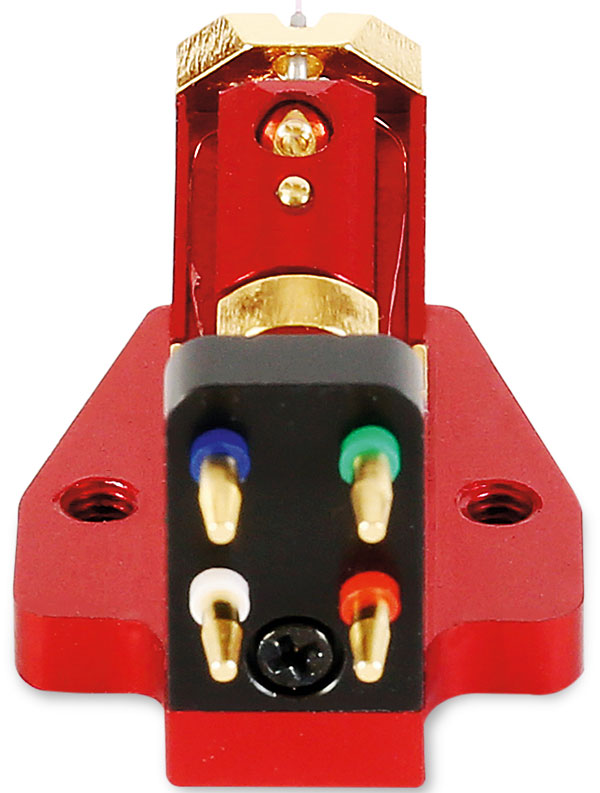
Gold Plated
As luck would have it, AVID found an agent in Japan who has connections with a Japanese OEM supplier. From here, the long haul of evaluating cantilevers, stylus profiles, magnets, etc, began.
A company known for superior metalwork, AVID designed and manufactured the body and yokes, which are then shipped to Japan for final assembly of all the other parts, including motor, cantilever, stylus, pins and wiring. So the construction of the Reference Ruby is close to a 50/50 balance of home-grown and imported elements – AVID has not simply engraved its signature 'A' on the pick-up's body!
AVID even supplies the packaging, the most lavish and over-the-top I have ever seen for any cartridge. It imparts, in an Apple-like manner, a tactile sense of security, delivering that buzz one gets when unpacking a new iPhone.
Inside you find a superbly-constructed cartridge, one that's far removed from the deliberately 'artisan' MCs which are intended to suggest hand-made origins. This, for me, is not a value judgement, nor am I suggesting that one is superior to the other. For certain individuals, the bespoke, no-two-alike approach is more personal, while for others the flawlessness of a perfectly-proportioned and finished cartridge evokes an air of precision. It's a case of a Morgan versus a Mercedes-Benz. And I am able to see the joy in both.
The Reference Ruby's body is described as 'solid aluminium machined on a five-axis CNC'. The magnets are neodymium and the coils are 'specially-treated' 99%-pure copper. The yokes are CNC laser-cut from mild steel, which are then gold-plated and, thanks to its flat front and parallel sides, the ensemble is simple to align.
Although the cartridge is minimalist in that it isn't constructed in the form of a frame holding its components, which are then protected by a screw-on, separate body shell, neither is it as 'naked' as cartridges utterly devoid of any protective container, such as a van den Hul Condor or Benz Micro Glider [HFN Nov '10]. When viewed from the side, no fragile wires appear to be exposed between the pins and the cartridge's internals. No, the sole element of fragility here is that heart-stopping cantilever.






